The letter of credit is a document where payment is withheld until the goods are shipped. It is a guarantee for both the importer and the supplier, who ensures payment. The banks of the importer and exporter hold the money during the process
Thus, it equally protects both the exporter and the importer. Both are obligated to fulfill the terms of the agreement, to receive the payment in the case of the exporter and to receive the goods in the case of the importer.
The documentary credit, as the letter of credit is also known, is a legal agreement recognized by the International Chamber of Commerce and accepted by shippers.
For all these reasons, the letter of credit is considered one of the safest payment methods in international trade operations. By signing it, the importer’s bank commits to pay the agreed amount to the exporter’s bank as stated in the contract.
This security is why the letter of credit has become the preferred method for most importers to close their business agreements in Asia.
How a letter of credit works
As a legally valid document in court, the documentary credit requires several conditions to be met by the signatories, exporter, and importer. It is important to remember that it is a legal contract, so the main details of the operation must be included:
- Port of origin
- Port of destination
- Modes of transport
- Shipping company
- Consignee
- Recipient of notifications
- Description of goods
- Necessary documents
- Deadline for shipping the goods
Its operation is simple. Once the document is signed, the importer’s bank sends it to the exporter and their bank. The supplier knows that the money is held until they ship the goods. Once this is done, their bank verifies the operation and proceeds with the payment.
At the same time, the supplier/exporter’s bank contacts the importer’s bank to verify the documentation. If everything is in order, the latter pays the money to the supplier’s bank.
Finally, the importer is notified by their bank that the operation is underway. At that moment, the importer must pay the agreed amount to their bank, which signs the Bill of Lading to release the goods at the destination.
Banks usually charge a fee for processing the letter of credit, so it is advisable to check the rates of the entities. Furthermore, although it is the safest payment method, an error in the documentation can lead to financial losses and delays in the delivery of goods.
It is most convenient to have a company that manages the import process.




